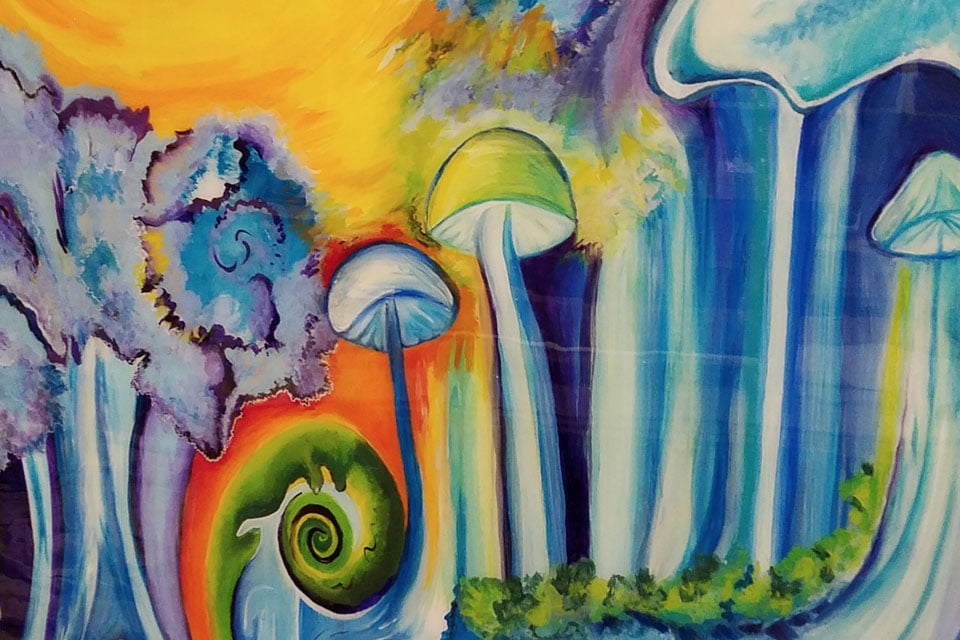
The following is a guest post by authors Jerry B. Brown and Julie M. Brown. You can read our previous interviews with Jerry here: Gordon Wasson and the Vatican, Secret Christian Mushroom Initiations, Mushrooms in Christian Art, The Psychedelic Gospels. The featured image is a painting by artist Gaye Lub.
The May 7 decriminalization of psilocybin by Denver voters, followed by the unanimous June 4 Oakland City Council vote to decriminalize psychoactive plants and fungi, has revived the conversation around the legalization of magic mushrooms.
In contrast to “legalization,” “decriminalization” involves the loosening of criminal penalties for use of psilocybin and, as in the case of the Denver legislation, makes possession and personal use “the lowest law enforcement priority.”
In California, activists are drafting a 2020 statewide ballot initiative to decriminalize psilocybin for “medicinal, therapeutic and religious purposes.” Similar initiatives in Oregon and Vermont also call for the establishment of supervised “psilocybin wellness sessions.”
While these initiatives, including the “medicalization” of psilocybin for clinically-approved therapeutic purposes, are an important step in the right direction, we believe it is time to go further.
It is time to fully legalize psilocybin ̶ both the synthetic kind taken in capsules for research purposes and the natural variety found in over one hundred species of psilocybin-containing mushrooms that grow worldwide.
The Denver vote prompted Michael Pollan to write an Op-Ed (NYT, May 10) warning that “we don’t know enough about it yet to legalize it.” As the best-selling author of How to Change Your Mind, an exploration of the scientific advances driving the psychedelic renaissance, Pollan should know better.
In fact, we know volumes about psilocybin. During the 1950s and 1960s, over 1,000 scholarly papers were published, reporting on research with some 40,000 human subjects showing the promise of a variety of psychedelic substances including psilocybin to help people suffering from addiction, autism, depression, OCD, schizophrenia and criminal recidivism.
This pioneering research was soon forgotten in the media backlash and political hysteria that culminated in 1970 in President Nixon’s War on Drugs. At that time psilocybin ̶ which is non-toxic and non-addictive ̶ was classified as a Schedule I controlled substance by the U.S. Drug Enforcement Administration, meaning that it has “no currently accepted medical treatment use in the U.S.”
Rigorous research has provided clinical proof that synthetic psilocybin can facilitate authentic religious experiences. In an experiment conducted on Good Friday in 1962, two groups of Protestant divinity students were assembled in the basement of Marsh Chapel in Boston.
In this double-blind experiment half the students were given psilocybin capsules while the control group received niacin. Almost all of the students receiving psilocybin reported profound mystical experiences.
These pioneering advances, some of which are being replicated through contemporary research at New York University and Johns Hopkins University School of Medicine, represent significant milestones that will ultimately justify the legalization of psilocybin and other psychedelics ̶ but only for approved medical and therapeutic uses, based on three-stage clinical trials and F.D.A. approval.
But what about the rest of us? What about the vast majority of Americans who are not suffering from addiction, depression or trauma and who, therefore, will not benefit from the emerging “medical model” of psychedelics?
What about the Silicon Valley and other high-tech CEOs and computer programmers who are micro-dosing (ingesting small non-psychedelic-level amounts of psilocybin) every four days to enhance creativity and peak performance?
What about those 27% of Americans who identified themselves in a 2017 PEW Research Center survey as “spiritual but not religious” ̶ some of whom are exploring psychedelics as one pathway to god?
Shouldn’t we have affordable and legal access to psilocybin, a naturally occurring substance that profoundly enhances quality of life?
Shouldn’t we have the same right to use psilocybin as has been granted, under the federal 1993 Religious Freedom Restoration Act, to members of the Native American Church who use peyote (containing psychoactive mescaline) and to U.S. participants in the Brazilian-based Santo Daime church which uses ayahuasca (containing psychoactive DMT) in its religious rites?
Of course, the legalization of psilocybin should be accompanied by an educational campaign on responsible use and by the creation of safe spaces where healthy adults could use it with the assistance of trained guides.
It is time to stop persecuting and incarcerating Americans whose only crime is seeking personal growth and enhanced creativity ̶ and even spirituality through a naturally occurring plant, just as many of our ancestors in the human family have done for millennia.
Jerry B. Brown, Ph.D. and Julie M. Brown, M.A., are coauthors of The Psychedelic Gospels: The Secret History of Hallucinogens in Christianity. You can visit their website here.


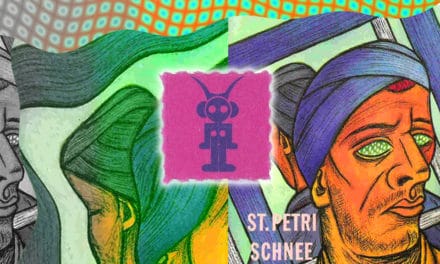
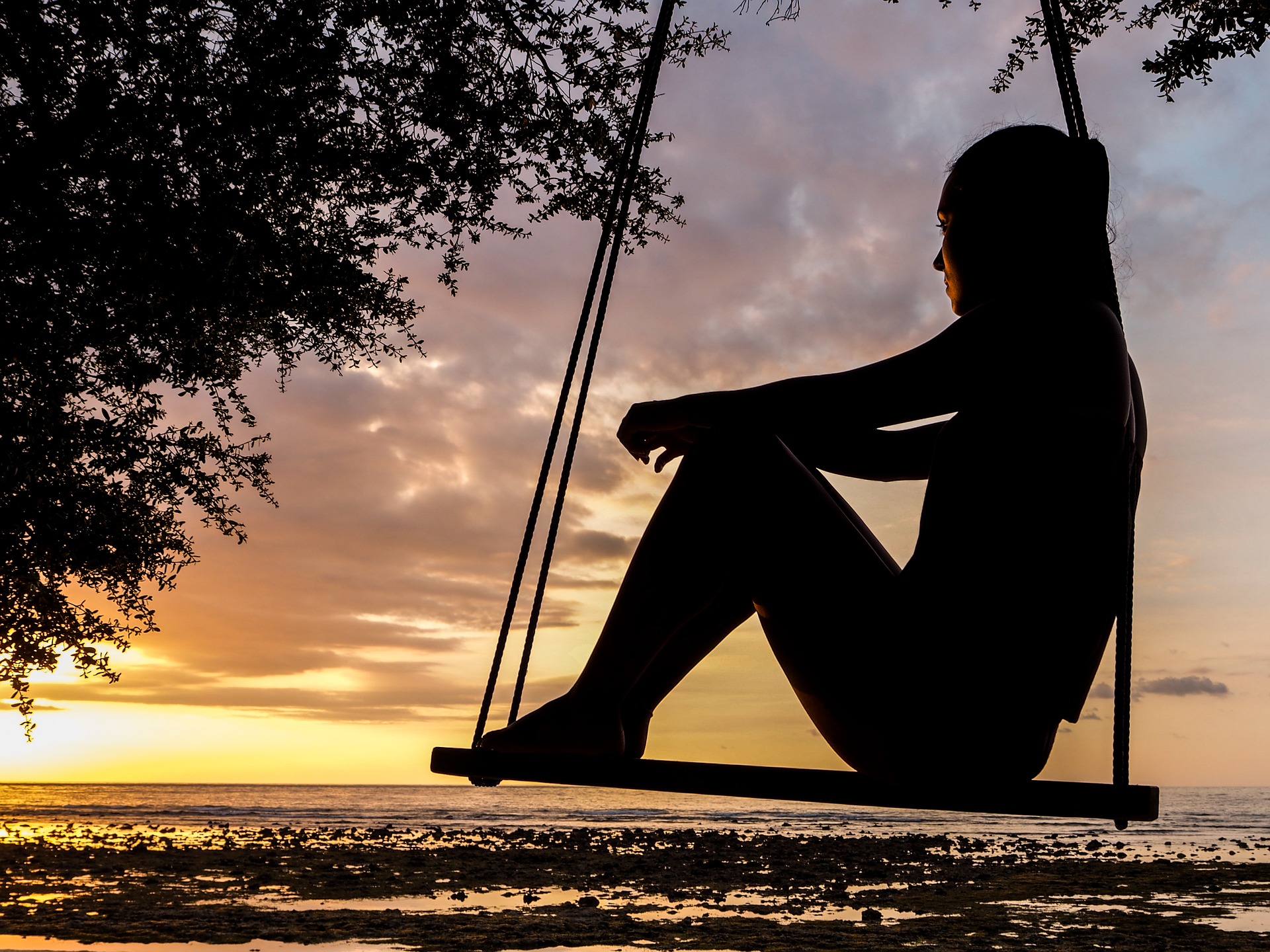
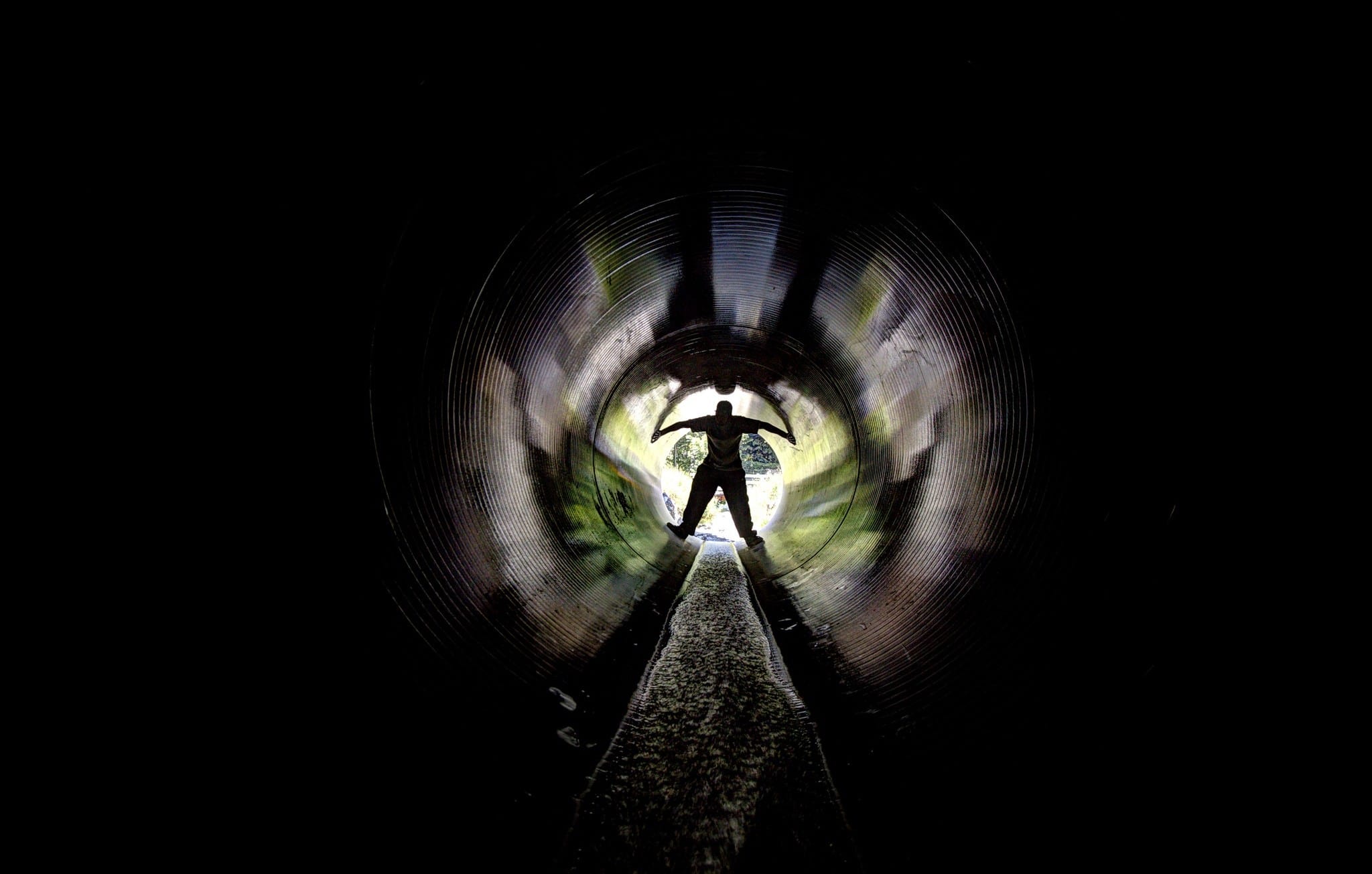
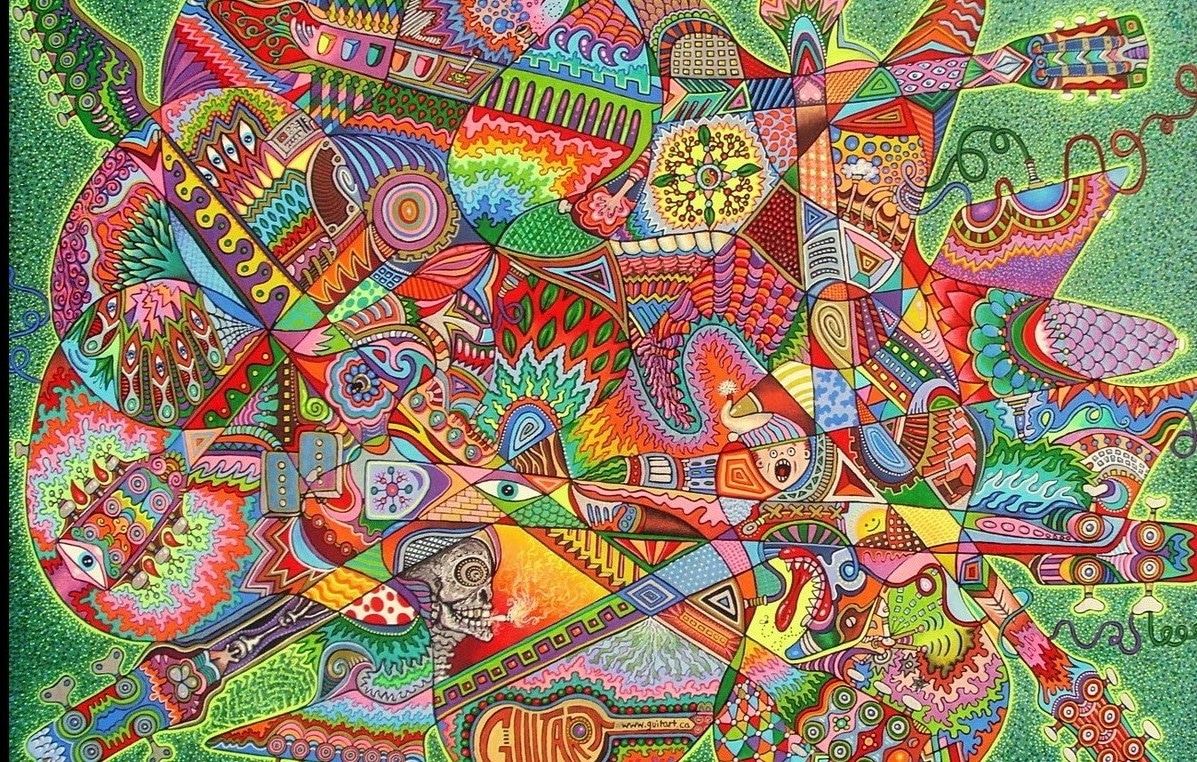





It’s time to criminalise prohibition and hold those who have promoted and enacted this vile and destructive policy for the last century to account.